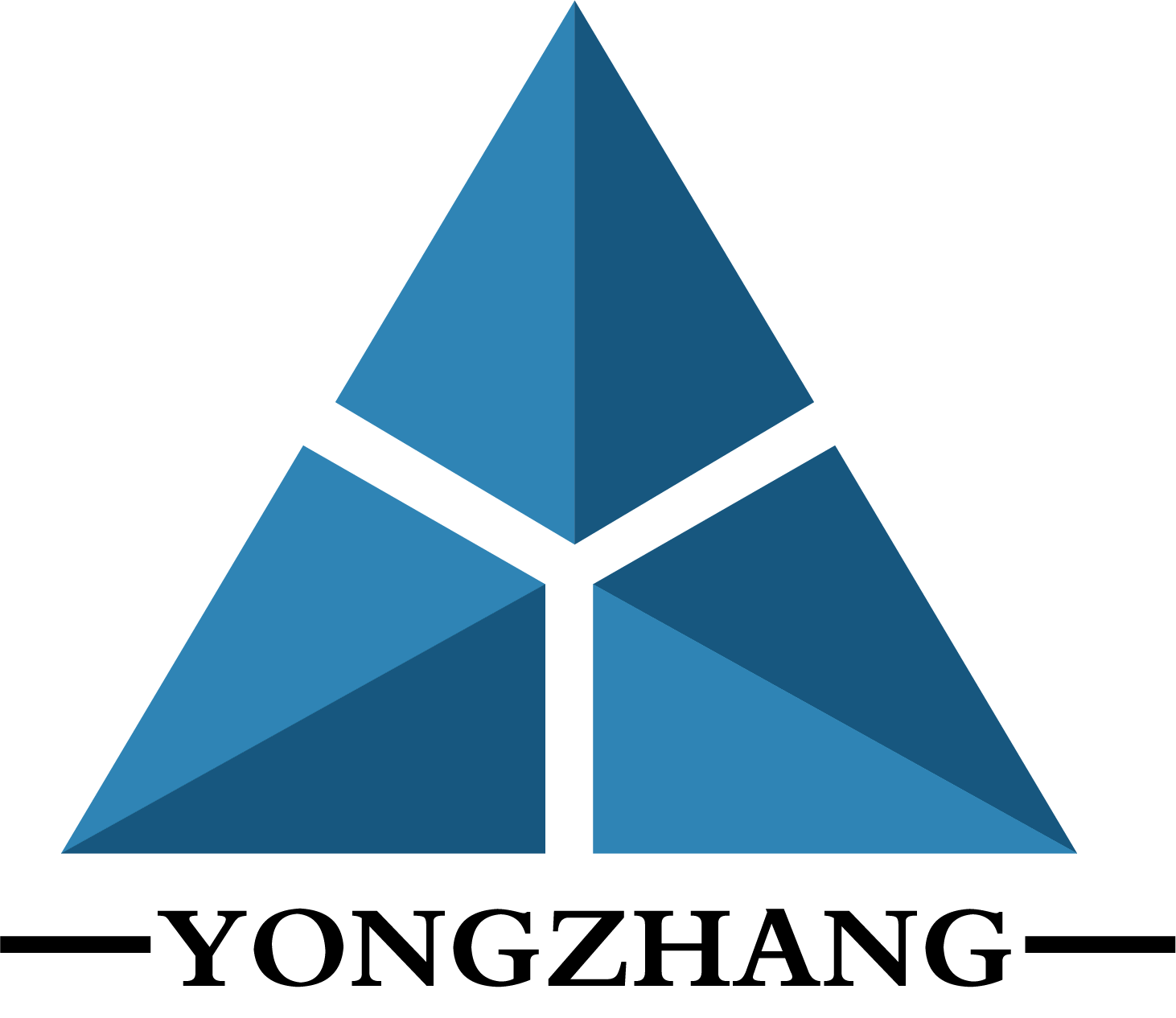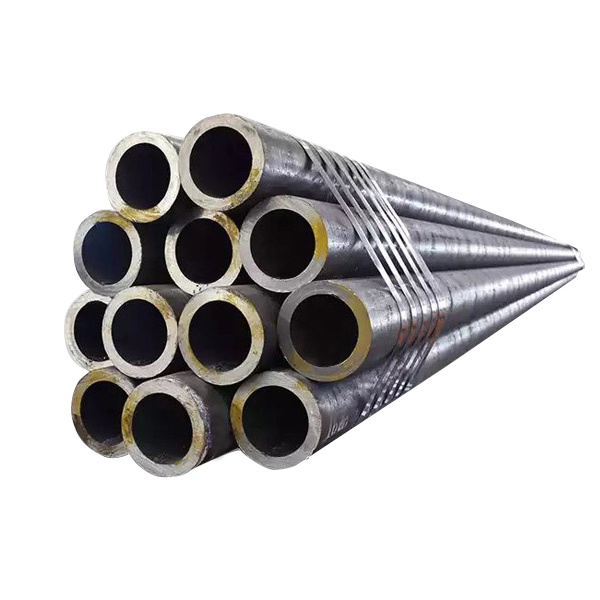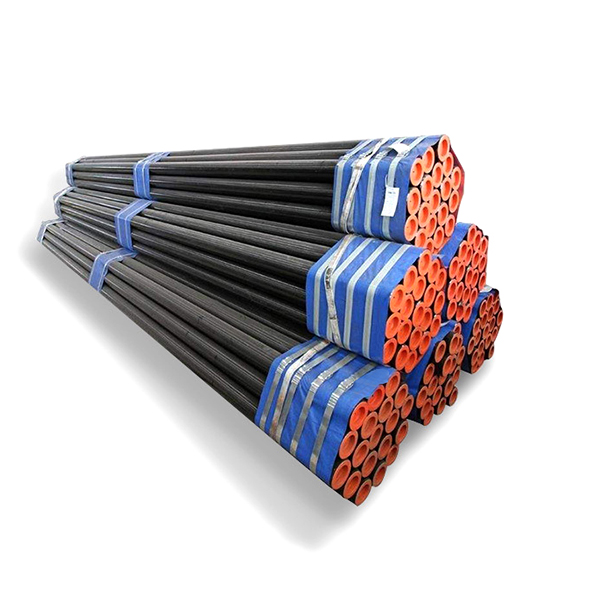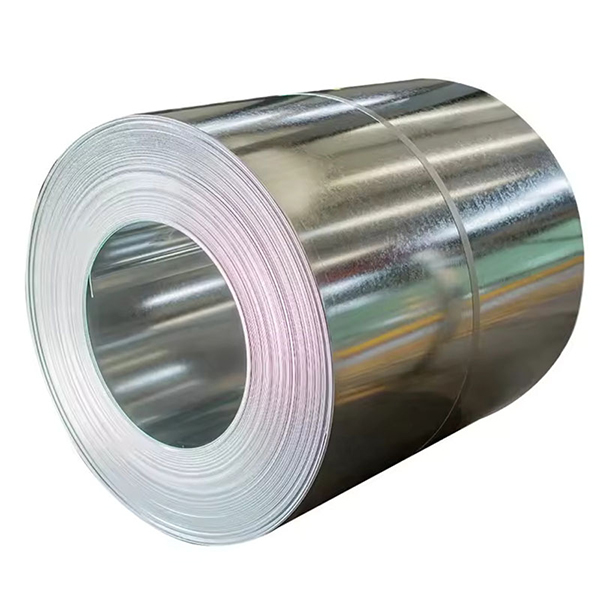Galvanized Sheet Thickness Selection and Analysis of Galvanizing Process
Galvanized sheet, as an indispensable and important material in modern industry and construction, is widely used and has excellent performance with strong corrosion resistance. Correctly selecting the thickness of the galvanized sheet and understanding the core technology of the galvanizing process are of profound significance for ensuring product quality and service life.
I. Basic Principles for Selecting the Thickness of Galvanized Sheets
The thickness of galvanized sheet not only affects its mechanical properties but is also closely related to its corrosion resistance and safety. A reasonable thickness selection should be considered from the following aspects:
Usage requirements: For building galvanized sheets, a thicker model should be chosen to ensure structural stability; for automotive manufacturing, both lightweighting and strength need to be taken into account.
Environmental conditions: In coastal or high-humidity environments, a thicker galvanized layer and sheet thickness are required to enhance the anti-corrosion effect.
Forming process: Complex bending and stamping processes impose requirements on the sheet thickness. An overly thick sheet affects the forming performance, while an overly thin sheet is prone to damage.
Economic benefits: While meeting the performance requirements, choosing an appropriate thickness can help save material costs and enhance the value of use.
Therefore, the selection of thickness is the result of multiple considerations and is a key step to ensure the high-performance application of galvanized sheets.
II. Introduction to Main Galvanizing Processes
The galvanizing process, as the core technology for enhancing the corrosion resistance of steel plates, has been continuously innovated and has now developed into multiple mature process systems:
Hot-dip galvanizing: The steel plate is immersed in molten zinc liquid to form a zinc layer, featuring uniform coating, strong adhesion, and excellent corrosion resistance. It is the most widely used galvanizing method.
Electro-galvanizing: Zinc is deposited on the steel plate surface through electrolysis, with a thin layer and a smooth surface, but its corrosion resistance is not as good as that of hot-dip galvanizing. It is suitable for light protection scenarios.
Mechanical galvanizing: Zinc particles are pressed onto the substrate surface by mechanical force. The process is environmentally friendly and has no waste liquid, and is suitable for special specifications and non-flat materials.
Chemical galvanizing: Zinc is deposited on the metal surface through a chemical displacement reaction, mainly used for film coatings and protection of precision components.
Understanding the advantages and application scope of various galvanizing processes helps to accurately select the process and materials to meet diverse industrial needs.
III. Synergistic Optimization of Galvanized Plate Thickness and Process
The optimization of galvanized plate thickness is not only dependent on the material itself but also influenced by process conditions. Specifically, it is manifested as follows:
Impact of thickness on coating uniformity: Thicker plates have better surface flatness, which is conducive to forming a uniform zinc layer.
Process determines coating thickness: The zinc layer thickness in hot-dip galvanizing can generally reach several tens of micrometers, while the zinc layer in electro-galvanizing is relatively thin, and the base material thickness needs to be matched accordingly.
Comprehensive improvement of corrosion resistance: Thick galvanized plates combined with high-quality galvanizing processes can significantly extend service life and effectively cope with complex environmental challenges.
By scientifically setting thickness standards and reasonably selecting galvanizing processes, the best balance between performance and cost can be achieved.
The selection of galvanized plate thickness and the reasonable combination of galvanizing processes are the fundamental guarantees for ensuring product stability and durability. Only by deeply understanding their respective characteristics and comprehensively considering actual application requirements can precise decisions be made, promoting the sustained and healthy development of the industry.





